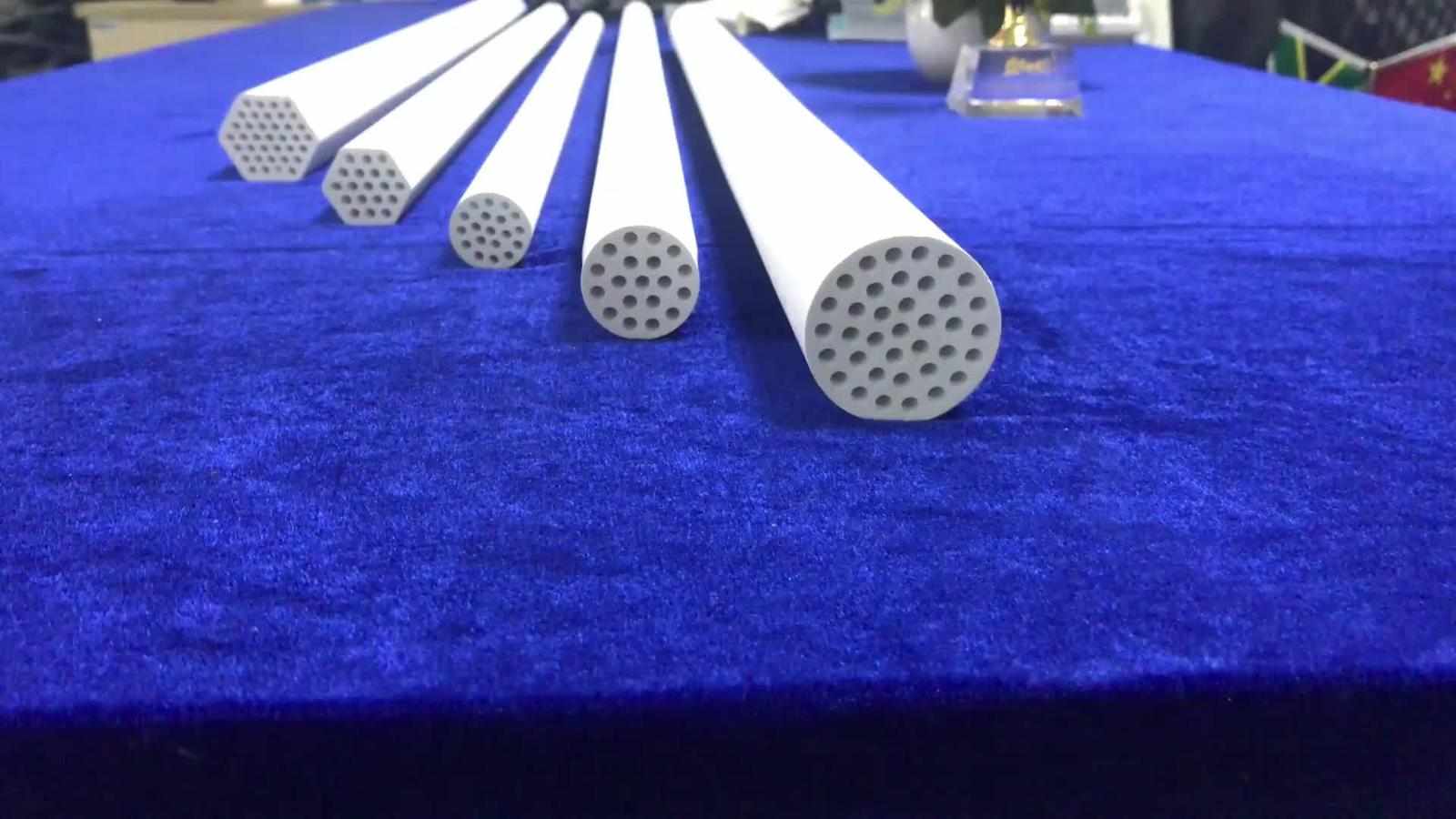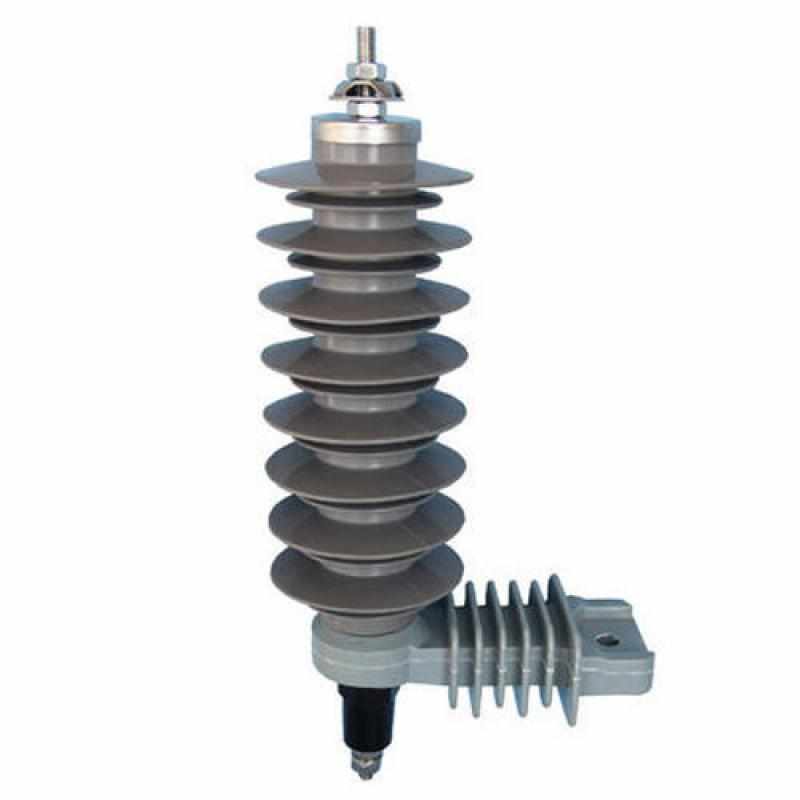
Prosthetic Joint Infection Market infection, also known as prosthetic joint associated infection (PJI), refers to infection around the prosthetic joint replacement like hip or knee. It is a severe complication after joint replacement surgery. Prosthetic joints provide mobility to individuals suffering from joint disorders like osteoarthritis and rheumatoid arthritis. However, prosthetic joints are also prone to bacterial, fungal or other microbial infections. If left untreated, prosthetic joint infections can damage the bone and tissue around the implant. Symptoms include pain, swelling and inflammation around the joint area. Treatment involves prolonged use of antibiotics and in some cases, surgery to remove and replace the infected implant may be required.
The prosthetic joint infection market is estimated to be valued at USD 64.2 Mn in 2024 and is expected to reach USD 91.6 Mn by 2031, growing at a compound annual growth rate (CAGR) of 5.2% from 2024 to 2031.
Key players
Key players operating in the Prosthetic Joint Infection Treatment market are Zimmer Biomet, Smith & Nephew, DePuy Synthes (Johnson & Johnson), Stryker, 3M Healthcare. Zimmer Biomet holds a leading market share owing to its wide product portfolio to treat prosthetic joint infections.
Growing Prosthetic Joint Infection Market from joint disorders is a major factor driving the demand for prosthetic joint replacement surgeries globally. Risk of prosthetic joint infection also increases with age. Moreover, rising obesity levels increasing the risk of osteoarthritis will further propel the need for joint replacement and management of associated infections.
Technological advancements in implant materials and antibiotic coating are helping reduce bacterial adhesion on implant surfaces and lower prosthetic joint infection risk. Development of new antibiotics and antifungal agents with better biofilm penetration is also contributing to better treatment outcomes.
Market Trends
Increased focus on preventive measures - Hospitals and healthcare facilities are increasingly focusing on implementation of infection control guidelines and preventive protocols like proper sterilization to reduce surgical site infections post joint replacement surgeries.
Rise in specialty orthopedic clinics - Growing healthcare expenditure and demand is fueling investments in specialty orthopedic clinics offering advanced diagnostic capabilities and surgical robots for treatment of joint disorders and associated infections.
Market Opportunities
Development of novel antimicrobial strategies - Companies are investing in development of novel local drug delivery strategies using antimicrobial coating, nanoparticles etc to prevent bacterial proliferation around implants.
Increasing adoption in developing nations - Growing medical tourism coupled with rising affluence will drive the demand for prosthetic joint replacement surgeries in developing Asian countries in the forecast period. This presents an opportunity for market players.
Impact of COVID-19 on Prosthetic Joint Infection Market Growth
The COVID-19 pandemic has severely impacted the growth of the prosthetic joint infection market. During the peak times of the pandemic in 2020-2021, elective surgeries including hip and knee replacement surgeries were postponed to avoid exposure to COVID-19 in hospitals. This led to a decline in the number of joint replacement procedures performed during this period. This subsequently reduced the risk of post-surgical joint infections and negatively impacted the demand for treatment and prevention drugs in the market.
However, as the number of cases started declining from late 2021 and restrictions were lifted, the demand is regaining momentum. The postponed surgeries are being conducted leading to growing risk of joint infections. Many countries are witnessing an increased prevalence of infections caused by drug-resistant microbes during the pandemic due to irrational usage of antibiotics. This is increasing the need for advanced antibacterial drugs to effectively treat such infections. With growing number of joint replacement surgeries in the coming years, the market is expected to grow steadily. Yet, risk of future COVID-19 waves or outbreak of new pandemics can pose challenges.
Geographical Regions with Highest Prosthetic Joint Infection Market Value
North America presently holds the highest share of the prosthetic joint infection market in terms of value, estimated at around 35% of the global market. This is attributed to factors like rising geriatric population, growing prevalence of osteoarthritis in the US and Canada, and heavy spend on healthcare including implant surgeries in the region. With over 1 million knee and hip replacement procedures conducted annually in the US, the risk of post-surgical infections remains high boosting regional market growth.
Fastest Growing Regional Market
The Asia Pacific region is poised to be the fastest growing market for prosthetic joint infection during the forecast period. This is due to rapidly growing geriatric population, improving access to healthcare, and increasing healthcare expenditure in China and India. Additionally, medical tourism for joint replacement surgeries in low-cost destinations like Thailand, Malaysia is contributing to market expansion. The increasing awareness about treatment and strong presence of global market players is also facilitating market growth in the Asia Pacific region.
Get more insights on - Prosthetic Joint Infection Market
Get this Report in Japanese Language: 原発性毛様体ジスキネジア市場
Get this Report in Korean Language: 원발성 섬모 운동이상증 시장
Author Bio:
Money Singh is a seasoned content writer with over four years of experience in the market research sector. Her expertise spans various industries, including food and beverages, biotechnology, chemical and materials, defense and aerospace, consumer goods, etc. (https://www.linkedin.com/in/money-singh 590844163)




















Write a comment ...